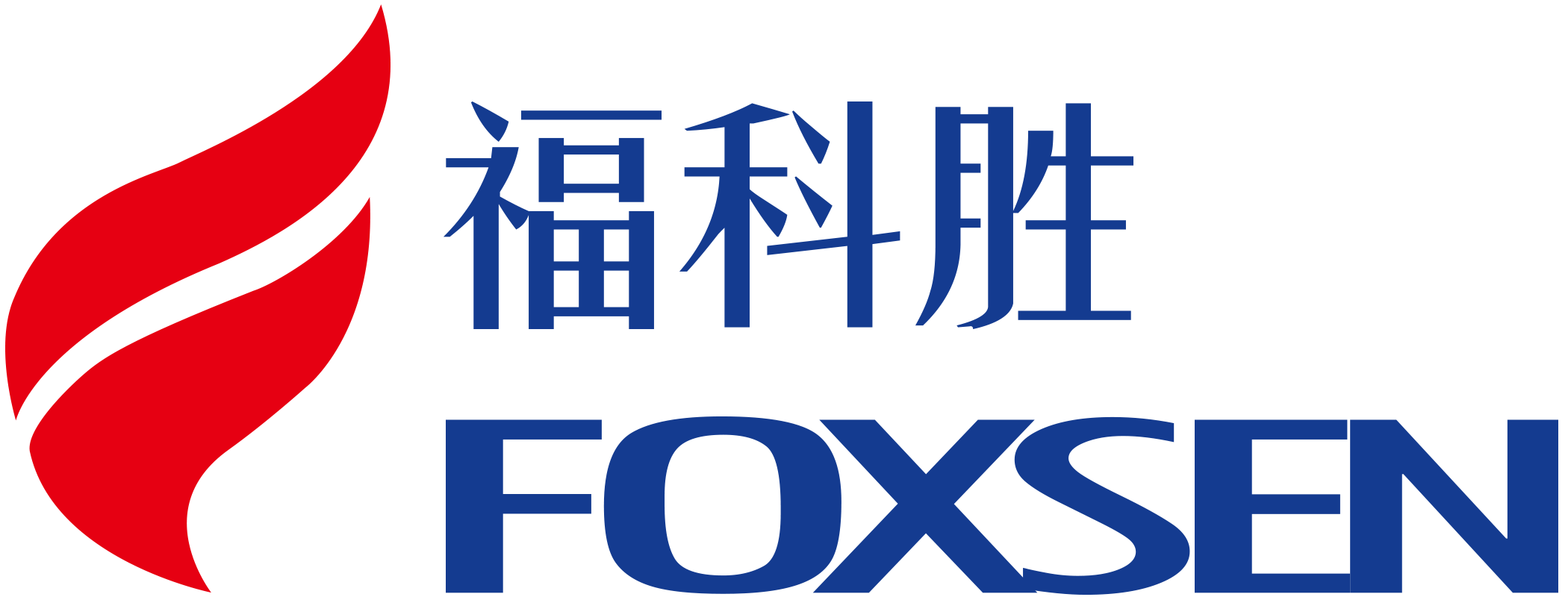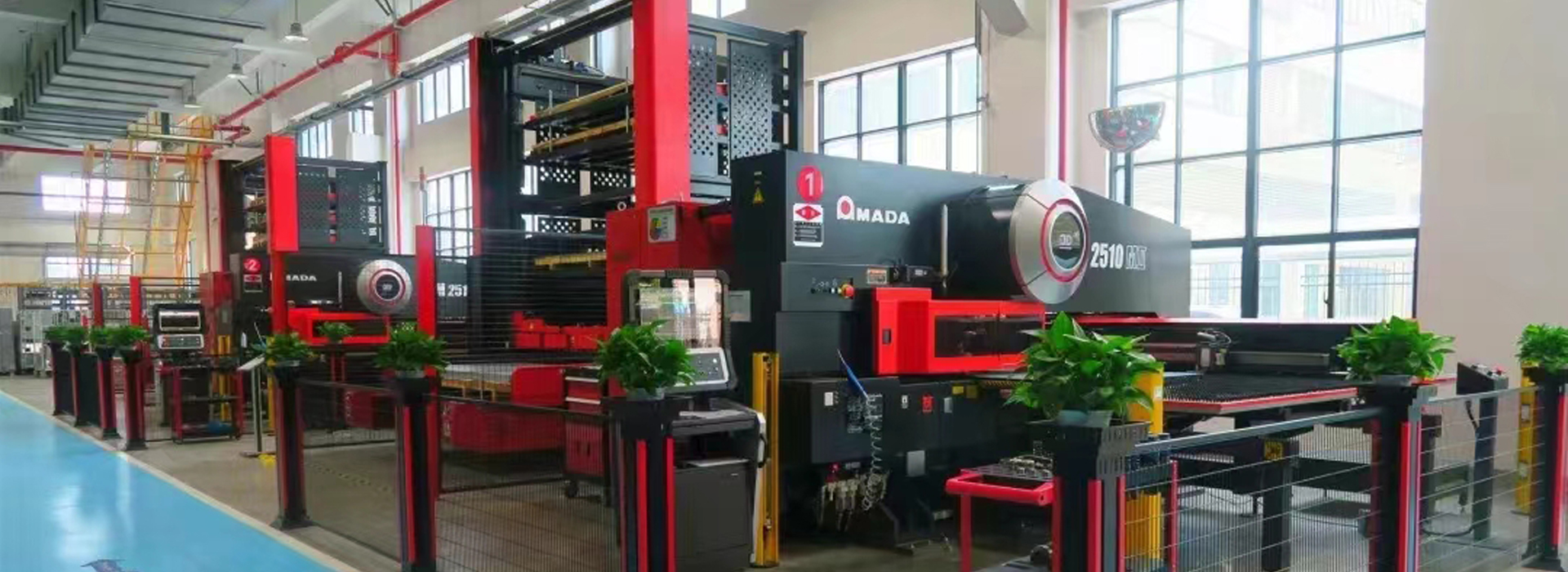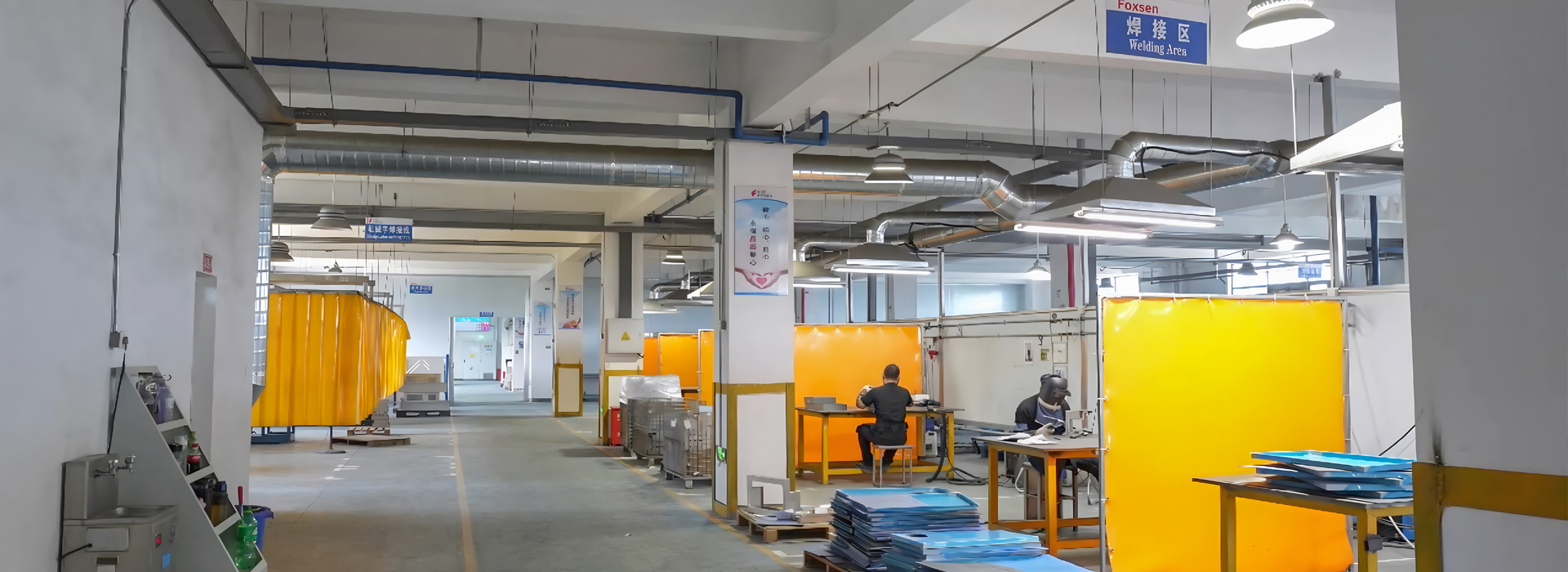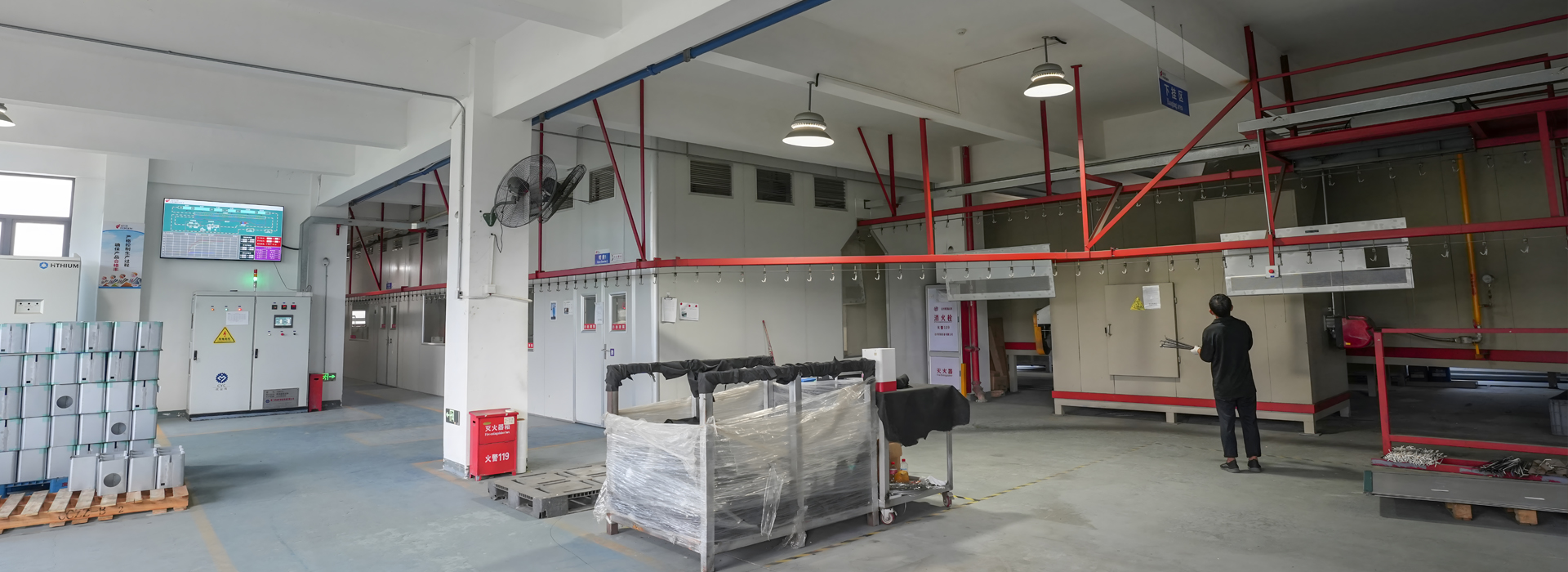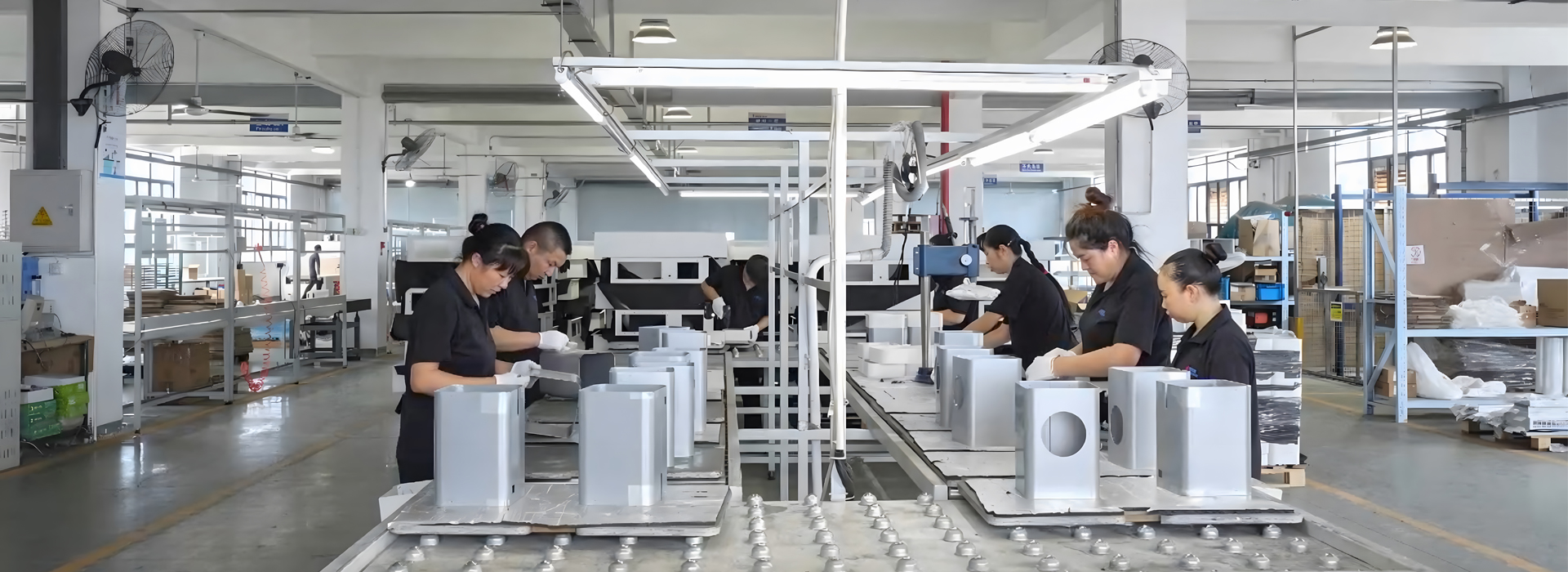When working with sheet metal, achieving a clean and smooth surface is essential. This is where sheet metal electrodusting comes into play. It is a specialized cleaning process that removes fine dust, debris, and other contaminants from metal surfaces. By doing so, it enhances the surface quality, making it ideal for further treatments. You’ll notice that coatings, such as paint or adhesives, bond more effectively to a properly cleaned sheet. This process ensures better results in manufacturing and prolongs the durability of the final product.
Key Takeaways
Sheet metal electrodusting cleans by removing dust and dirt. This helps coatings stick better to the surface.
A clean surface makes products last longer and prevents problems.
Electrodusting uses static electricity to pull and remove tiny particles. It works better than older cleaning methods.
This method is important for car and electronics industries. These need clean and precise surfaces for good quality.
Adding electrodusting to factories can save time and make customers happy with better products.
What is Sheet Metal Electrodusting?
Definition and Purpose
Sheet metal electrodusting is a process designed to clean and prepare sheet metal surfaces. It uses electrostatic forces to attract and remove fine particles, such as dust and debris, from the metal. This method ensures that the surface is free from contaminants, which can interfere with subsequent treatments like painting or coating. By improving the cleanliness of the metal, electrodusting enhances its overall quality and readiness for manufacturing processes.
The primary purpose of this technique is to create a surface that allows coatings to adhere more effectively. A clean surface ensures that paints, adhesives, or other finishes bond securely, reducing the risk of peeling or flaking over time. This process also helps manufacturers achieve consistent results, which is crucial for maintaining product quality.
Role in Surface Preparation
Surface preparation is a critical step in working with sheet metal. Without proper cleaning, contaminants can compromise the integrity of the final product. Sheet metal electrodusting plays a vital role in this preparation by ensuring that the surface is smooth and free of impurities. This step is especially important in industries where precision and durability are essential, such as automotive manufacturing or electronics production.
Electrodusting not only removes visible particles but also eliminates microscopic debris that might not be noticeable to the naked eye. This thorough cleaning process ensures that the metal is ready for treatments like powder coating or welding. By preparing the surface effectively, you can achieve better results and extend the lifespan of the finished product.
Common Contaminants Removed
During the manufacturing process, sheet metal often accumulates various contaminants. These can include:
Dust and dirt: These particles settle on the surface during storage or transportation.
Metal shavings: Small fragments left behind from cutting or machining processes.
Oils and grease: Residues from handling or lubrication during production.
Oxides and rust: Corrosion that forms when metal reacts with moisture or air.
Sheet metal electrodusting effectively removes these contaminants, leaving the surface clean and ready for further processing. By eliminating these impurities, you can prevent defects in the final product and ensure a high-quality finish.
How Does Sheet Metal Electrodusting Work?
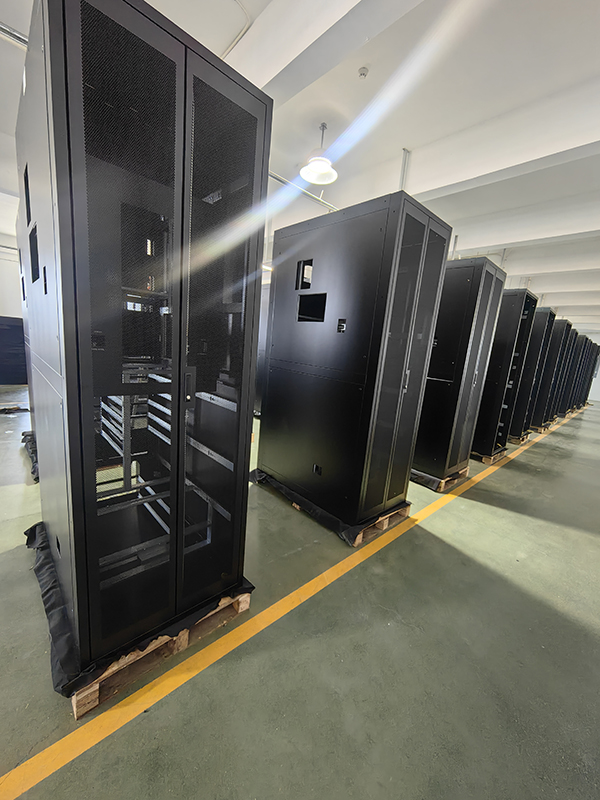
Step-by-Step Process
Understanding how sheet metal electrodusting works begins with breaking down the process into simple steps. Each step ensures that the metal surface is thoroughly cleaned and ready for further use:
Initial Inspection: You start by examining the sheet metal for visible contaminants like dust, grease, or rust. This step helps identify areas that need special attention.
Surface Preparation: Before applying the electrodusting process, you may need to remove larger debris or loose particles using brushes or compressed air.
Electrostatic Charging: The metal sheet is passed through a specialized machine that generates an electrostatic field. This field creates a charge on the surface of the metal.
Dust Attraction and Removal: The charged surface attracts fine particles, which are then removed using a collection system, such as a vacuum or adhesive rollers.
Final Inspection: After cleaning, you inspect the sheet again to ensure all contaminants have been removed. This guarantees the surface is ready for treatments like painting or coating.
By following these steps, you can achieve a clean, contaminant-free surface that enhances the quality of your final product.
Equipment Used
The equipment used in sheet metal electrodusting is designed to maximize cleaning efficiency while being easy to operate. Here are the key components:
Electrostatic Generators: These devices create the electrostatic field needed to charge the metal surface. They are adjustable to suit different materials and contamination levels.
Dust Collection Systems: These systems, often vacuum-based, capture and remove the particles attracted to the charged surface. Some setups use adhesive rollers for additional cleaning.
Conveyor Systems: These systems move the sheet metal through the cleaning process, ensuring consistent exposure to the electrostatic field.
Inspection Tools: Tools like magnifying glasses or UV lights help you identify any remaining contaminants after cleaning.
Using the right equipment ensures that the electrodusting process is both effective and efficient, saving time and reducing waste.
Electrostatic Attraction in Cleaning
The science behind sheet metal electrodusting lies in electrostatic attraction. When you apply an electrostatic charge to the metal surface, it creates a force that pulls contaminants like dust and debris toward it. This method is highly effective, especially for fine particles that are difficult to remove through traditional cleaning methods.
Studies have shown the measurable efficiency of this technique. For example:
At 20 kV, the process achieved a 74% reduction in mass for beach sand and 70% for added dust.
Increasing the voltage to 22 kV improved results, with a 93% reduction for beach sand and 94% for added dust.
However, the type of material affects efficiency. Commercial sand showed only a 17% reduction at 22 kV.
These findings highlight the importance of adjusting the voltage and understanding the material being cleaned. By leveraging electrostatic attraction, you can achieve a level of cleanliness that significantly improves the performance of coatings and finishes.
Removal of Dust and Contaminants
When it comes to cleaning sheet metal, removing dust and contaminants is a critical step. These impurities can compromise the quality of coatings and finishes, leading to defects in the final product. Sheet metal electrodusting uses advanced techniques to ensure the surface is free from unwanted particles, enhancing both appearance and performance.
The process relies on electrostatic attraction to lift fine particles from the metal surface. Once the surface is charged, contaminants like dust, dirt, and even microscopic debris are drawn away. A dust collection system then captures these particles, leaving the metal clean and ready for further processing. This method is highly effective, especially for removing particles that traditional cleaning methods might miss.
Different technologies contribute to the efficiency of dust and contaminant removal. The table below highlights some key metrics:
These technologies demonstrate how modern systems achieve high levels of cleanliness. For example, wet de-dusting technology reduces metal dust emissions by 87%, while combined cyclone and cartridge systems capture over 95% of fine particulate matter (PM2.5). Such advancements ensure that your sheet metal surfaces meet the highest standards of cleanliness.
By using sheet metal electrodusting, you can achieve a contaminant-free surface that improves adhesion for coatings and extends the durability of your products. This process not only enhances quality but also reduces the likelihood of manufacturing defects, saving time and resources in the long run.
Benefits of Sheet Metal Electrodusting
Enhanced Surface Quality
Sheet metal electrodusting significantly improves the surface quality of metal sheets. By removing fine dust, dirt, and other contaminants, it creates a smooth and clean surface. This process eliminates imperfections that could affect the appearance or performance of the final product. You’ll notice that a contaminant-free surface not only looks better but also performs better in manufacturing applications.
For example, in industries like automotive or electronics, even the smallest particles can cause defects. Electrodusting ensures that these particles are removed, leaving the surface pristine. This attention to detail enhances the overall quality of your products and reduces the likelihood of costly rework.
Improved Adhesion for Coatings
A clean surface is essential for coatings to adhere properly. Sheet metal electrodusting prepares the metal by eliminating contaminants that could interfere with bonding. When you apply paint, adhesives, or other finishes to a properly cleaned surface, the results are more durable and consistent.
This improved adhesion reduces the risk of peeling, flaking, or bubbling over time. Whether you’re working on automotive parts, construction materials, or electronic components, electrodusting ensures that coatings stay intact. This leads to a more professional finish and longer-lasting products.
Tip: If you want to achieve the best results with coatings, always start with a clean surface. Electrodusting is one of the most effective ways to ensure this.
Increased Durability of Products
Products made from sheet metal often face harsh conditions, such as exposure to moisture, heat, or chemicals. Contaminants left on the surface can weaken the metal or cause coatings to fail prematurely. By using sheet metal electrodusting, you can remove these impurities and enhance the durability of your products.
A clean surface ensures that coatings provide maximum protection against corrosion, wear, and other forms of damage. This process not only extends the lifespan of your products but also improves their performance in demanding environments. You’ll find that investing in proper surface preparation pays off in the long run by reducing maintenance costs and increasing customer satisfaction.
Reduction in Manufacturing Defects
Manufacturing defects can lead to costly rework, wasted materials, and dissatisfied customers. When you use sheet metal electrodusting, you significantly reduce these risks by ensuring a clean and contaminant-free surface. Contaminants like dust, grease, or metal shavings often interfere with processes such as welding, painting, or coating. These impurities can cause weak bonds, uneven finishes, or even structural failures in the final product.
Electrodusting eliminates these issues by thoroughly cleaning the sheet metal before further processing. For example, when applying paint or powder coating, a clean surface ensures even coverage and prevents defects like bubbling or peeling. Similarly, in welding, removing microscopic debris improves the strength and precision of the welds. This attention to detail minimizes the chances of defects appearing later in the production cycle.
Did you know? Studies show that improper surface preparation accounts for a significant percentage of manufacturing defects. By adopting advanced cleaning methods like electrodusting, you can drastically improve your production quality.
Another advantage of electrodusting is its ability to maintain consistency across large-scale production. Whether you're manufacturing hundreds or thousands of parts, this process ensures each piece meets the same high standards. This consistency reduces the likelihood of defective products reaching your customers, saving you time and money on returns or repairs.
By integrating sheet metal electrodusting into your workflow, you create a foundation for high-quality manufacturing. This process not only enhances the durability and appearance of your products but also boosts your reputation for reliability and excellence.
Applications of Sheet Metal Electrodusting
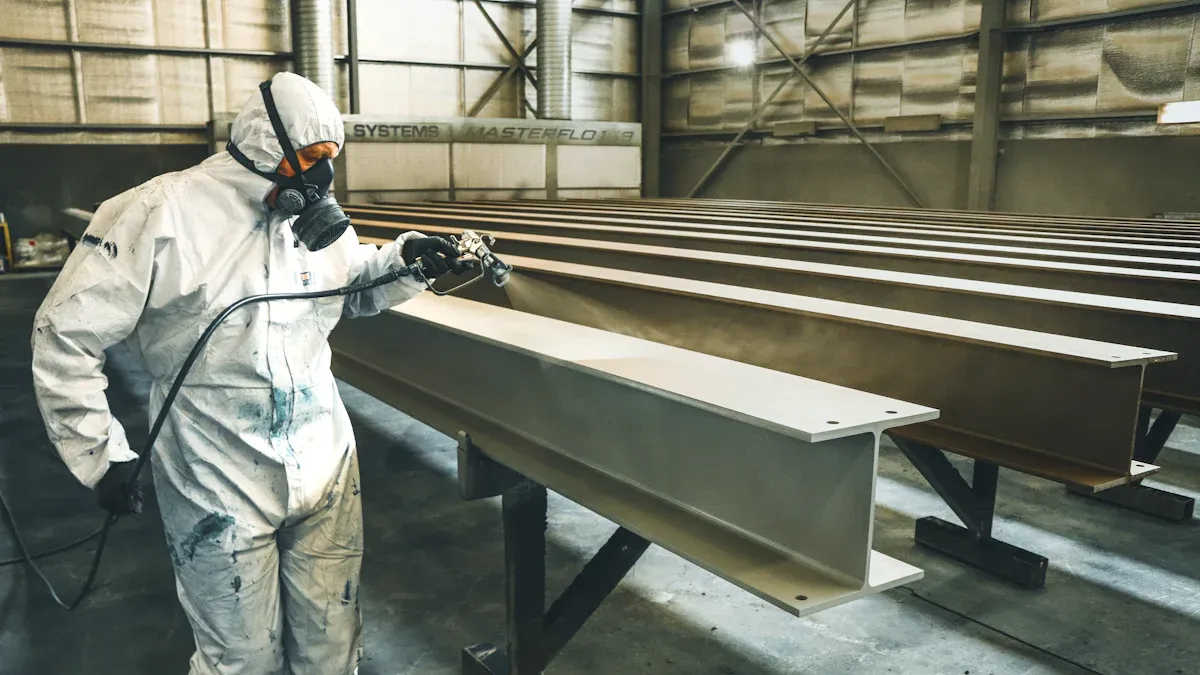
Automotive Industry
In the automotive industry, precision and durability are essential. Sheet metal electrodusting plays a critical role in ensuring the quality of car components. You’ll find this process particularly useful for preparing surfaces before painting or applying protective coatings. A clean surface ensures that the paint adheres evenly, resulting in a flawless finish. This not only enhances the vehicle's appearance but also protects it from corrosion and wear.
Electrodusting also improves the performance of welded joints in car frames and other structural components. By removing microscopic debris, it ensures stronger and more reliable welds. Manufacturers like Foxsen rely on this process to meet the high standards required in automotive production. Whether it’s for body panels, chassis parts, or engine components, electrodusting ensures every piece meets strict quality requirements.
Construction Sector
In construction, sheet metal is widely used for roofing, cladding, and structural elements. Contaminants like dust, grease, or rust can compromise the integrity of these materials. Sheet metal electrodusting ensures that these surfaces are clean and ready for treatments like galvanizing or painting. This preparation step enhances the durability of the materials, making them more resistant to environmental factors like moisture and UV exposure.
You’ll also notice that electrodusting improves the bonding of adhesives and sealants used in construction. This ensures that joints and seams remain secure over time. Companies like Foxsen use this process to deliver high-quality sheet metal products that meet the demands of modern construction projects.
Electronics and Appliances
Electronics and appliances require precision and cleanliness during manufacturing. Even the smallest particles can interfere with the performance of electronic components. Sheet metal electrodusting ensures that surfaces are free from contaminants, reducing the risk of defects. This process is especially important for parts like casings, heat sinks, and connectors.
By using electrodusting, you can achieve a smooth and clean surface that enhances the performance and longevity of electronic devices. Foxsen’s advanced electrodusting technology ensures that every product meets the highest standards of quality and reliability. Whether it’s for smartphones, refrigerators, or industrial equipment, this process plays a vital role in delivering superior results.
Other Industrial Uses
Sheet metal electrodusting has applications across a wide range of industries beyond automotive, construction, and electronics. Its ability to clean and prepare surfaces makes it a valuable tool in sectors where precision and durability are critical.
Aerospace Industry: You’ll find electrodusting essential in aerospace manufacturing. Aircraft components require flawless surfaces to ensure safety and performance. This process removes contaminants that could compromise the adhesion of protective coatings or weaken structural integrity. By using electrodusting, manufacturers achieve higher reliability in parts like fuselage panels and engine casings.
Medical Equipment Manufacturing: In the medical field, cleanliness is non-negotiable. Sheet metal electrodusting ensures that surfaces used in medical devices, such as surgical tools or diagnostic equipment, are free from dust and debris. This preparation step enhances the durability and hygiene of these products, meeting strict industry standards.
Food Processing Equipment: Food-grade sheet metal must meet stringent cleanliness requirements. Electrodusting removes contaminants that could affect food safety or compromise the performance of processing machinery. You’ll notice that this process improves the longevity of equipment while maintaining compliance with health regulations.
Note: Industries that demand high precision and cleanliness benefit the most from sheet metal electrodusting. Its ability to remove microscopic particles ensures consistent quality across diverse applications.
These examples highlight the versatility of sheet metal electrodusting. Whether you’re working in aerospace, healthcare, or food production, this process enhances surface quality and ensures better performance. Its adaptability makes it a valuable addition to any manufacturing workflow.
Sheet metal electrodusting plays a vital role in achieving clean, high-quality surfaces. By removing contaminants, it ensures better adhesion for coatings and improves the durability of finished products. You’ll find this process essential for enhancing performance, whether in automotive parts, construction materials, or electronic components. Its adaptability across industries makes it a valuable tool for manufacturers aiming to deliver reliable and long-lasting results. When you prioritize this cleaning method, you set the foundation for superior product quality and customer satisfaction.
FAQ
What types of contaminants does sheet metal electrodusting remove?
Sheet metal electrodusting removes dust, dirt, grease, metal shavings, and rust. These impurities often accumulate during storage, transportation, or machining. By eliminating these contaminants, you ensure a clean surface that improves adhesion for coatings and enhances the durability of the final product.
Is sheet metal electrodusting suitable for all industries?
Yes, it’s versatile and used in industries like automotive, construction, electronics, aerospace, and medical equipment manufacturing. You’ll find it especially useful in applications requiring precision and cleanliness, such as preparing surfaces for painting, welding, or applying protective coatings.
How does electrostatic attraction work in this process?
Electrostatic attraction charges the metal surface, creating a force that pulls contaminants like dust and debris toward it. This method is highly effective for removing fine particles that traditional cleaning methods might miss, ensuring a cleaner and smoother surface.
What equipment is required for sheet metal electrodusting?
You’ll need electrostatic generators, dust collection systems, conveyor systems, and inspection tools. These components work together to charge the metal, attract contaminants, and remove them efficiently. Using the right equipment ensures consistent results and high-quality surfaces.
Can sheet metal electrodusting reduce manufacturing defects?
Yes, it minimizes defects by ensuring a contaminant-free surface. Clean surfaces improve adhesion for coatings and strengthen welds, reducing issues like peeling, bubbling, or weak bonds. This process enhances product quality and consistency, saving time and resources in manufacturing.
Tip: Incorporating electrodusting into your workflow can significantly improve production efficiency and product reliability.
